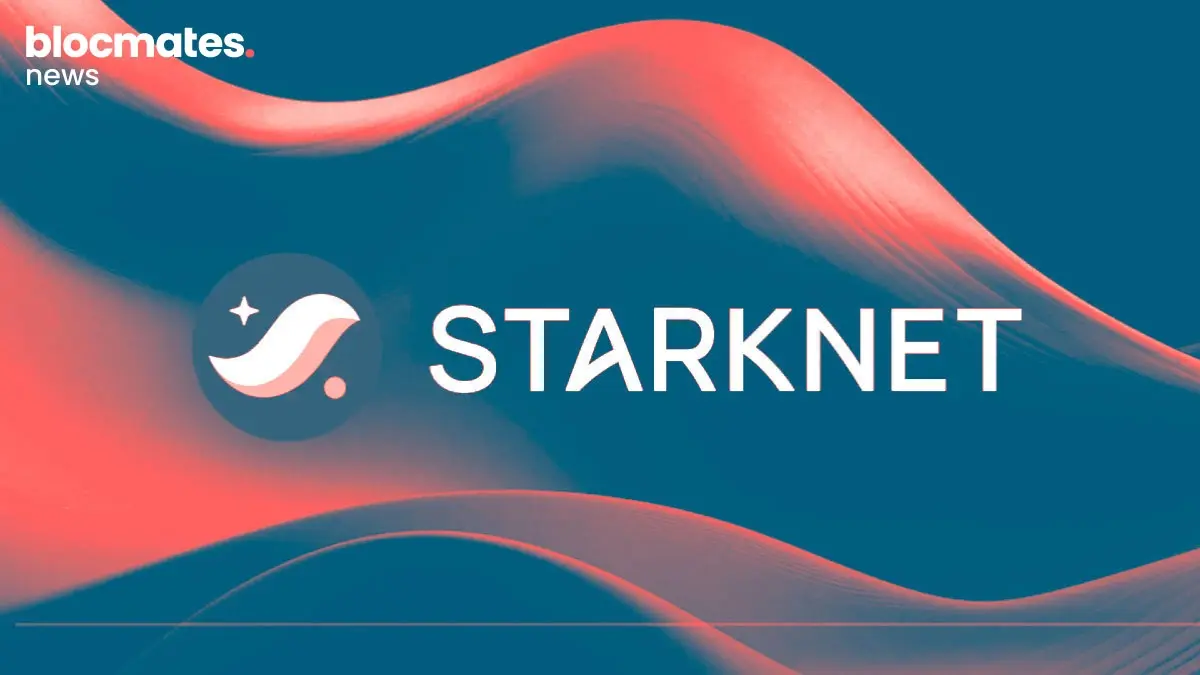Ape-tizers:
- CEXs still dominate the crypto derivative market volume. Although derivative DEXs are growing, there is still room for further growth
- Kyan is a user-centric DeFi derivatives hub
- Kyan combines perps, options, portfolio margin, multi-leg strategy builder, and smart accounts under one roof to provide users with a one-stop crypto derivatives platform onchain
- Kyan is opening its doors to the public for the very first time via a month-long trading competition
According to estimates, the derivatives market accounts for 75%-76% of the total crypto trading volume. Roughly 91% is handled by centralized exchanges (CEXs), while decentralized exchanges (DEXs) take care of the remaining 9%.
Although concerning, the numbers suggest there’s still major room for growth.
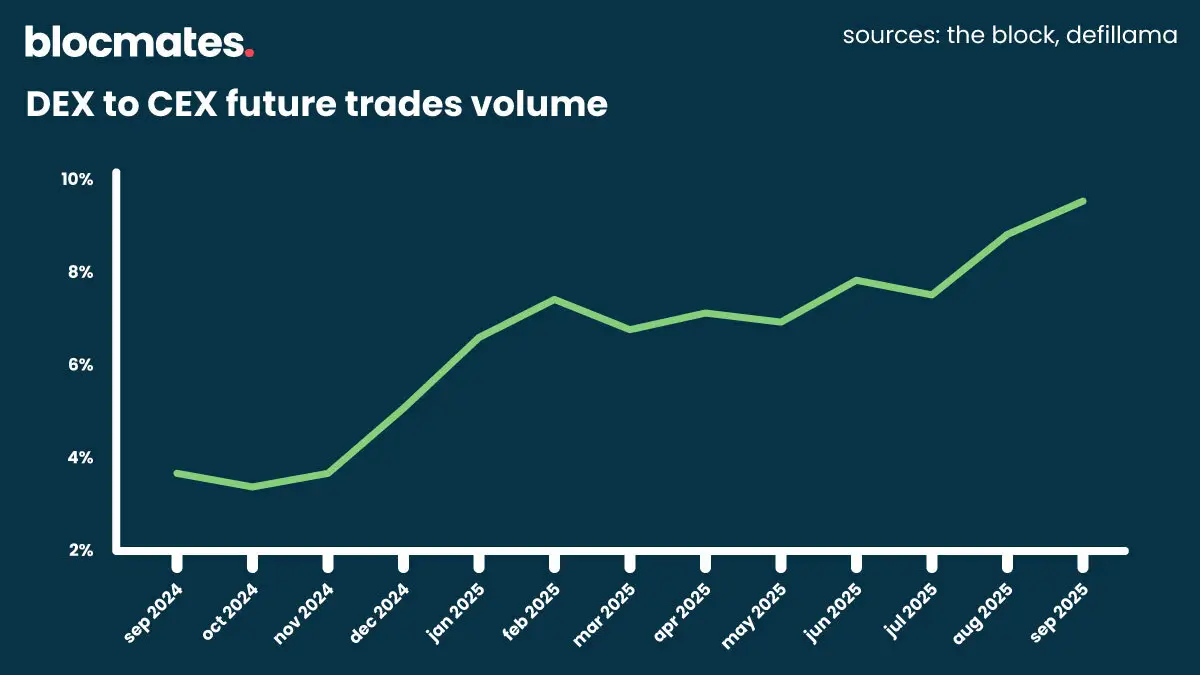
The recent catch-up in DEX volume is mainly attributed to Hyperliquid, but this proves one thing: There is an apparent demand for DEX derivatives if the product is liquid and easy to use.
As the crypto space continues to mature, competition in the derivatives space will only heat up more, and one platform that we believe will capture a good chunk of the derivatives market share is Kyan.
What is Kyan?

Kyan is a non-custodial, capital-efficient, and user-centric DeFi derivatives hub offering options, perpetuals, a multi-leg strategy builder, and portfolio margin all on the same onchain platform.
A comprehensive product suite that the market hasn’t seen before.
Kyan will be orderbook-based, offering CEX-like execution speeds, low latency, and efficient order matching.
While this enhanced product suite, which can compete with centralized exchanges, is excellent for retail users, it also taps into a completely new user base of institutional/professional traders.
There are four key features of Kyan:
- Options and perpetuals - While other platforms focus on one or the other, Kyan offers both perps and options on the same platform, simplifying users’ derivative trading experience while offering enhanced customizability for different trading strategies.
- Portfolio margin - This risk management and collateral optimization mechanism holistically analyzes all positions in a user’s portfolio and automatically balances the collateral requirements and risk.
- Multi-leg strategy builder - A tool that simplifies building multi-leg option strategies (butterflies, spreads, condors, etc.) where payoff structures can be customized. Users also have the ability to hedge their multi-leg trades through perps.
- Smart account system - Smart contract wallets that make it easy to execute complex actions and manage multiple sub-accounts while offering self-custody with social logins and key recovery.

The platform does sound incredibly exciting, and you can finally get your hands on it when the trading competition begins.
Explore the platform, test all the different features, place your trades, and climb up the leaderboard to receive rewards. Once you try it for yourself, you’ll finally understand why we’ve been so excited about the platform for quite a while now.
So, in light of the upcoming trading competition, we thought it would be prudent to show you why we think Kyan is primed to take up the derivatives market share by comparing it to three different derivative categories:
- Kyan vs. option DEXs
- Kyan vs. CEXs
- Kyan vs. perpetual DEXs
Kyan vs. option DEXs
The options sector in crypto, although still dwarfed by perps, has started to gain momentum.
Last month, on CEXs, the total volume of BTC options was $144 billion, while the total volume for ETH options was $58 billion.
However, if you compare this to DeFi options, which have a national 30-day volume of $2.2 billion, you can see that the difference is massive.
In essence, crypto options have a lot of room for growth, and there is a big gap in options volume between the CEX and DEX markets.
Fortunately, the team behind Kyan, Premia Labs, has extensive experience building options products, with their most recent one being Premia Blue.
Using this background, they have implemented a sleek and efficient options interface on Kyan that sets itself apart from the existing competition.
So, how is Kyan better than the competition?
1. Orderbook vs. vaults
Most onchain options protocols use an AMM/vault model for option pricing and liquidity.
Given the design of layer-1 blockchains, it is easier to implement these models through smart contracts over orderbooks, as the transaction load and speed required for orderbooks cannot be handled.
Now, with better infrastructure, onchain orderbooks are becoming more common.
Kyan’s platform derives liquidity from a central orderbook, which means:
- Options will be priced more efficiently.
- Market makers can post quotes at desired strike prices, making it more capital efficient.
- More flexibility for hedging and multi-leg trades
- It becomes easier to attract institutional capital
2. Multi-leg strategy builder

As crypto options mature and participants become more sophisticated, they will demand more flexibility in customizing their own trades, as is the norm in TradFi.
While it is theoretically possible to execute multi-leg strategy trades onchain, most options are simply not efficient enough; fees will eat into your trade, transaction times will hamper execution, and the general interface to create them is not simple.
With Kyan, traders will be able to execute all sorts of multi-leg trades from a single interface in just a few clicks.
As a user, you’ll have two options:
- You can select an existing preset strategy, or
- You can create your own custom strategy with up to seven legs

Kyan’s multi-leg strategy builder is one of a kind. It will completely change the onchain options landscape once live.
3. Options with perp hedging
As mentioned multiple times in this article, a big differentiator for Kyan is having options and perps on the same platform. Its importance is even more relevant when compared to DeFi options protocols.
Think about it: Why does CEX option volume tower over DeFi option volume so significantly? Yes, things like liquidity are a big part of the equation, but the other elements are convenience and a simple user experience.
If I’m a trader who already uses a certain exchange for perps and wants to dabble in options, I will naturally use the same platform because it’s simply convenient. The same applies to Kyan.
Users can execute perp trades and option trades, or they can do multi-leg strategies and hedge them with perps. Kyan essentially puts everything at your fingertips.
A CEX-like experience with self-custody.
4. Chain abstraction & portfolio margin
Most DeFi options protocols operate an isolated margin system mainly because the logic is easier to implement into the protocol.
However, with an isolated margin, each position is margined independently, which is very capital-inefficient.
Portfolio margin, on the other hand, is much more dynamic. It assesses a user's portfolio as a whole and holistically takes into account the position's risk profile before balancing collateral requirements.
It takes into account:
- Market conditions
- Positon correlations
- Leverage and exposure
- Time to expiration
Kyan’s portfolio margin system is the first of its kind in the onchain world and will completely transform crypto options trading.
Add to this the fact that the platform will also eventually be chain-abstracted, i.e., available on most networks, something that’s not very common in the world of DeFi options protocols, and you have a winner.
Kyan vs. CEXs
The end goal for most onchain protocols is to ultimately replace their centralized counterparts. Anyone who’s been in crypto long enough has likely seen people fall victim to scams at the hands of so-called trustworthy centralized companies.
Self-custody is one of the most powerful features offered by blockchains. The only issue is that the quality of onchain products has never been able to rival those of CEXs meaningfully. That’s until now.
As we know, with derivative trading volume, CEXs dominate DEXs.

But as you can see, DEXs have slowly started to chip away at that dominance over the past few months.
With a long way to grow, there is still a massive market up for grabs, and that’s only looking at current users.
Once you consider prospective future traders and institutional capital, that market becomes much better.
Kyan’s DeFi derivative hub gives you a CEX-like trading experience but onchain.
So what makes Kyan better than its CEX counterparts?
Well, self-custody ought to be the main standout feature here.
With Kyan, you get the same execution efficiency and product offering of a CEX but with the added benefit of self-custody.
The choice is pretty simple: Stay in control of your assets while getting an identical, if not better, trading experience.
The self-custody benefits are enhanced when you take into account the smart account system that will eventually be implemented on Kyan.
Initially, Kyan users can connect their hot wallet to Kyan, which will create a sub-account on Kyan through which users can interact with the platform.
The risk and collateral for each sub-account will be assessed independently, as users can create as many sub-accounts as they choose.
This will eventually be switched to smart accounts.
- Accounts can be created through social login
- Key recovery is simplified
- Complex actions become easier to automate and execute
- An intuitive account management system to manage all sub-account portfolios
- No gas fees
- One-click multi-leg trade execution with no approval transactions
The smart account system is basically a self-custody version of a CEX account. None of the technical complexities, all of the benefits.
Kyan vs. perpetual DEXs
Perpetual DEXs came to market in 2020, pioneered by the likes of Perpetual Protocol and dYdX. Their initial product-market fit was driven by self-custody.
Many centralized exchanges were either blatant scams or went bankrupt, resulting in total loss of user funds. So users were seeking an onchain alternative.
Since 2020, the perp DEX market has grown significantly in terms of product quality and volume.
At the time of writing, the cumulative 30-day volume for the top 15 perp DEXs is $524.2 billion (per defillama). The current top 5 DEXs include:
- Hyperliquid
- EdgeX
- Jupiter
- Orderly
- Aster
So how does Kyan compare to existing perp DEXs and why is it better than the competition?
1. Perps with options
Although the existing landscape of onchain perps has evolved dramatically, with the quality of products improving in speed, efficiency, liquidity, and overall user experience, most offerings are still limited to strictly perps.
Yes, perps currently dominate volume in the crypto derivatives market, but the options sector is growing steadily. As the market matures, the importance of options will only increase further.
Kyan will be a step ahead of the competition by offering both perps and options on the same DEX. This multiproduct offering is currently only on CEXs, and it’s instrumental in attracting more sophisticated traders to the platform.
Giving users the flexibility to customize different types of multi-leg strategies with perp hedging will attract a lot of institutional capital. Well-capitalized firms bring in more liquidity, which in turn attracts more participants.
2. Portfolio margin
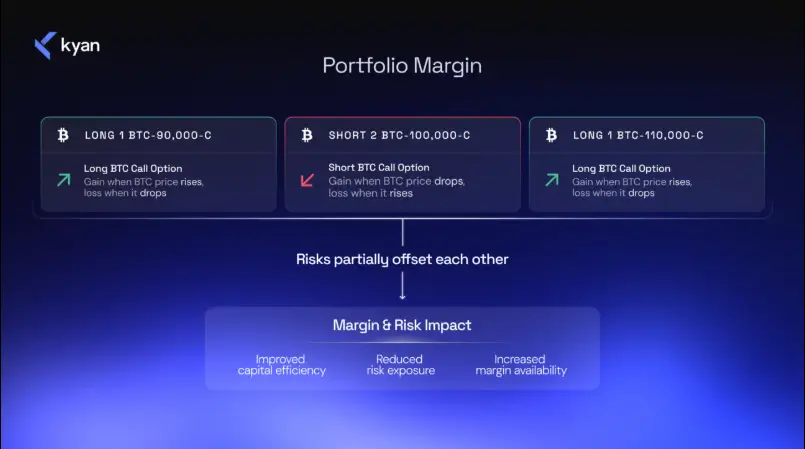
Portfolio margin is a dynamic system that computes a user's margin requirements by considering the portfolio as a whole rather than assessing the risk for each trade separately.
The margin requirements will be calculated for the whole portfolio by calculating how the risks of the two positions will offset each other.
The risk engine is at the heart of the portfolio margin feature. It assesses the combined risk of a trader's portfolio and calculates the margin requirement using initial and maintenance margin ratios.
Based on margin levels, it also plays a role in efficiently liquidating positions.
3. Chain abstraction
Chain abstraction is part of Kyans' roadmap. This means that regardless of what network you have your assets on, you will be able to interact with the Kyan platform seamlessly.
Although there are other perp DEXs that are multichain, Kyan is a multi-product derivatives hub that will also be chain-abstracted, putting it one step ahead of its competition.
Concluding thoughts
If you’ve made it this far, I’m pretty sure that means you’re just as excited as we are about Kyan.
Well, the testnet trading competition will mark the exchange’s doors being opened to the public for the very first time.
If I were you, I’d sign up immediately and start getting active on the platform. It’s over a 4-week period, and you can earn Krystal rewards as well as VIP passes.
On top of that, you’ll be early to a product that has a very real chance of being one of the top crypto derivative trading platforms.
Sounds like a deal that I wouldn’t want to miss.
Stay vigilant folks, this one’s going to be worth it.
Thanks to the Kyan team for unlocking this article. All of our research and references are based on public information available in documents, etc., and are presented by blocmates for constructive discussion and analysis. To read more about our editorial policy and disclosures at blocmates, head here.




.webp)







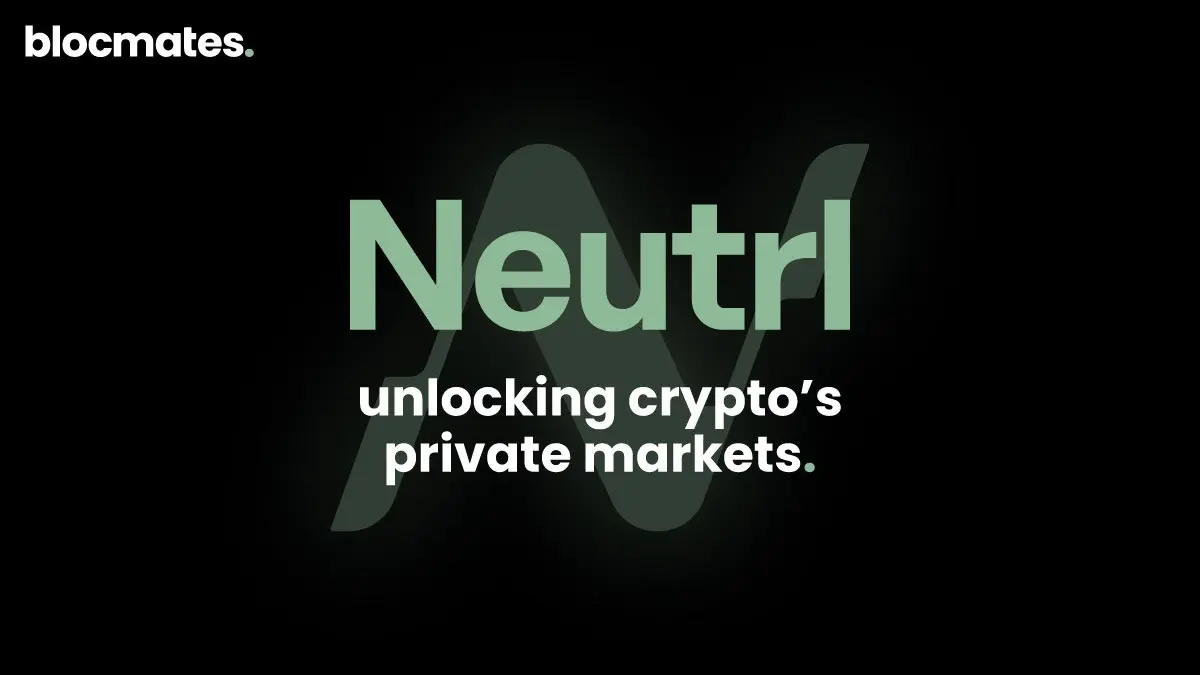


.webp)

.webp)

%20(1).webp)
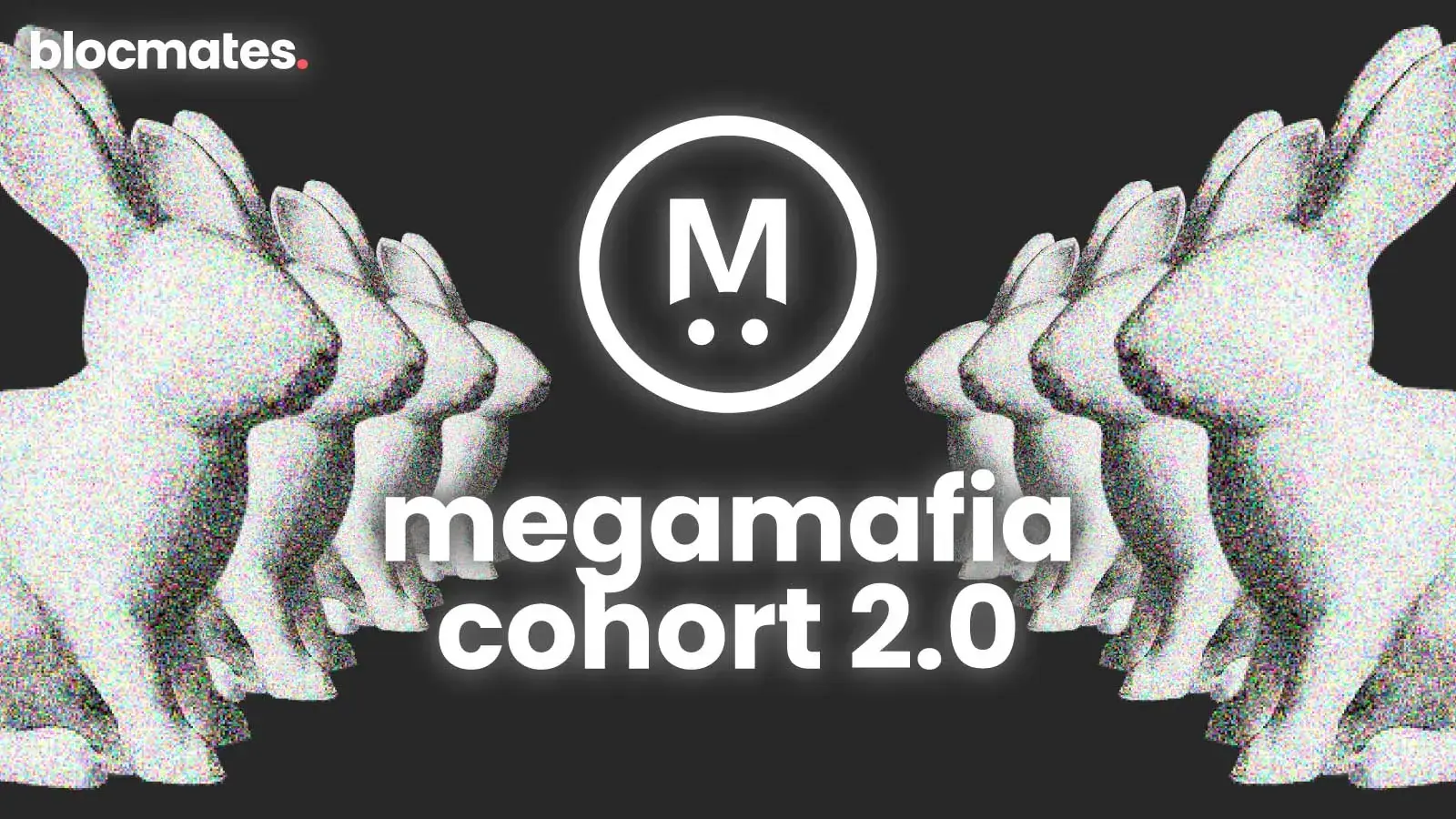
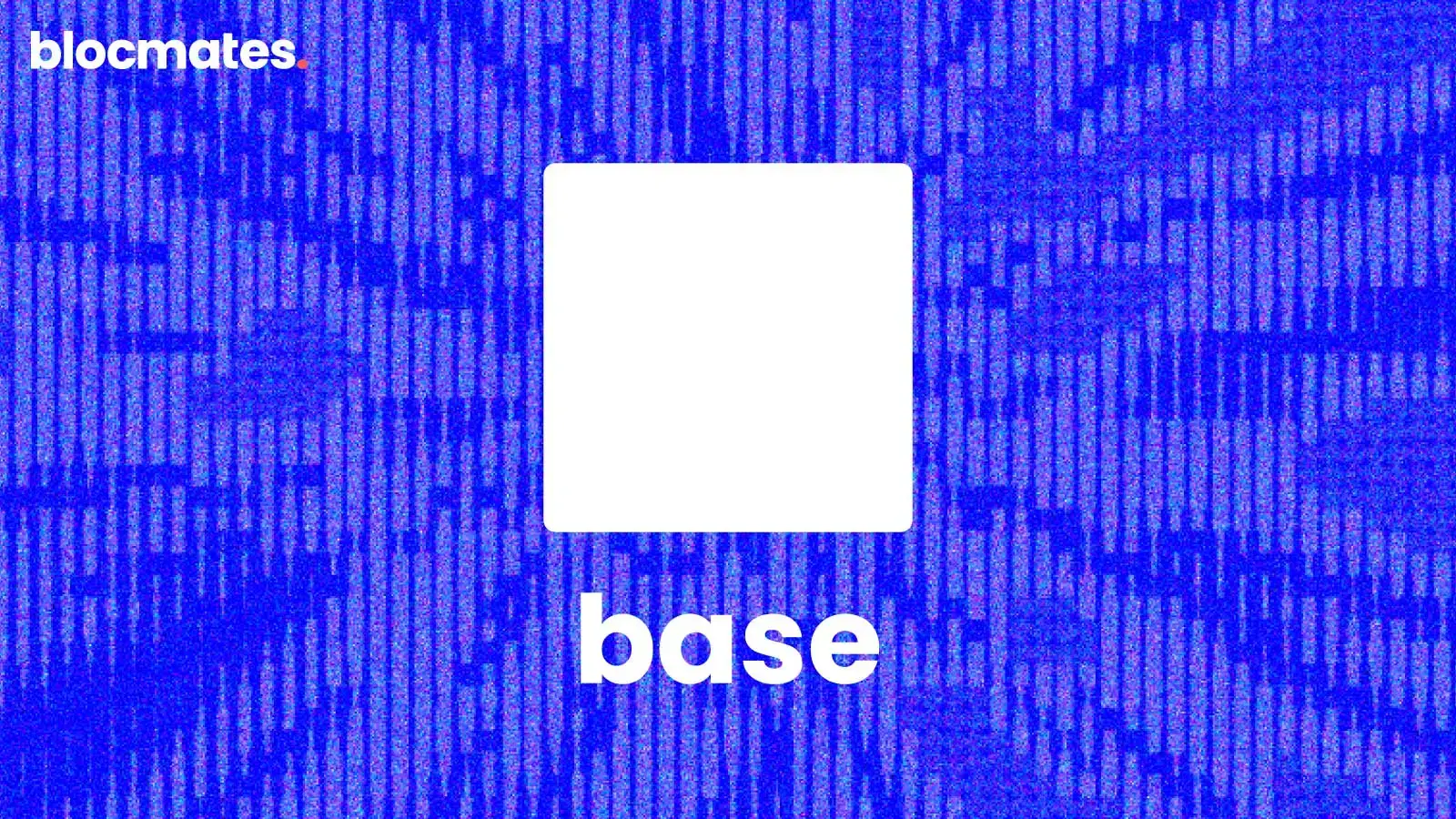
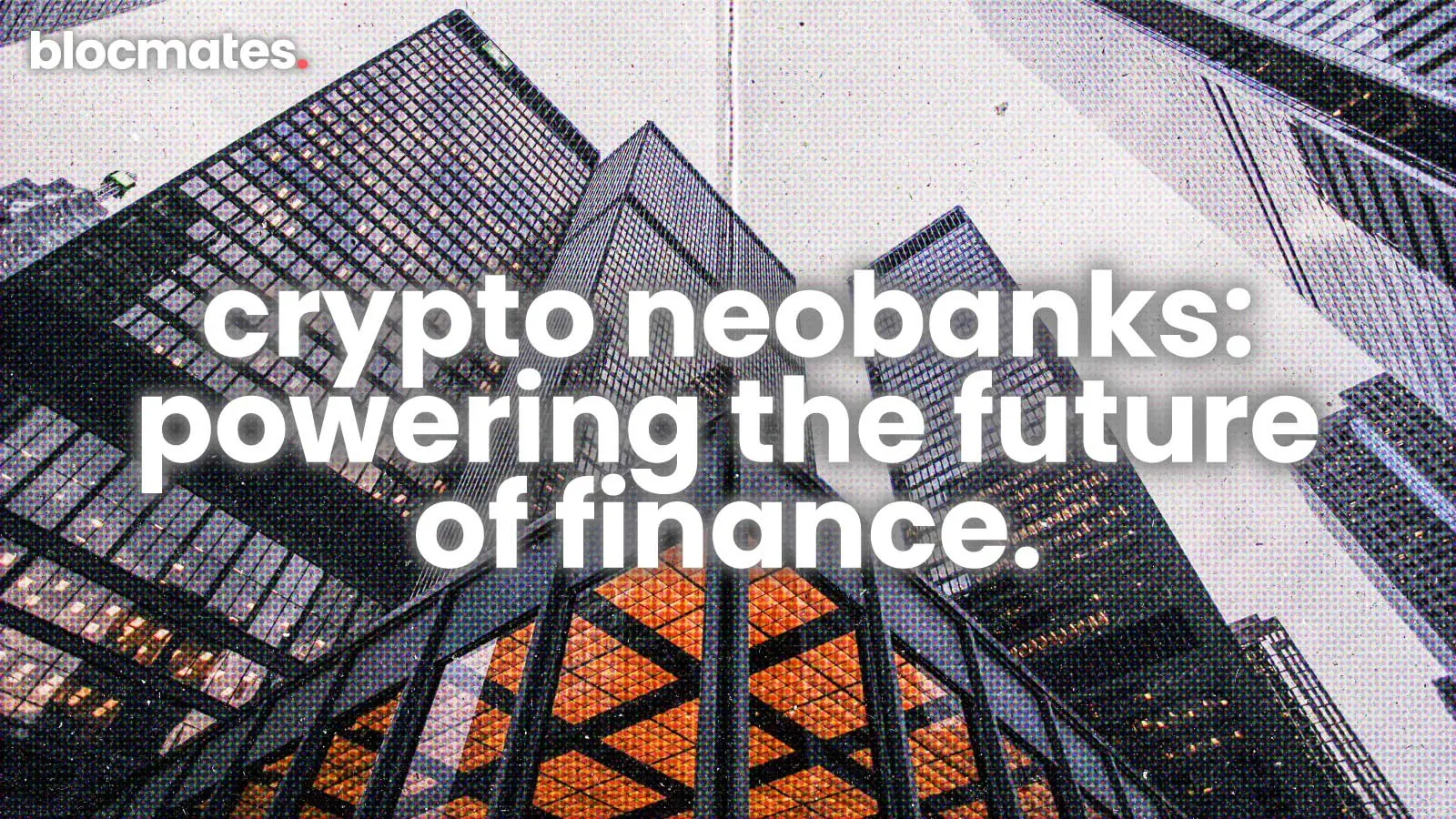


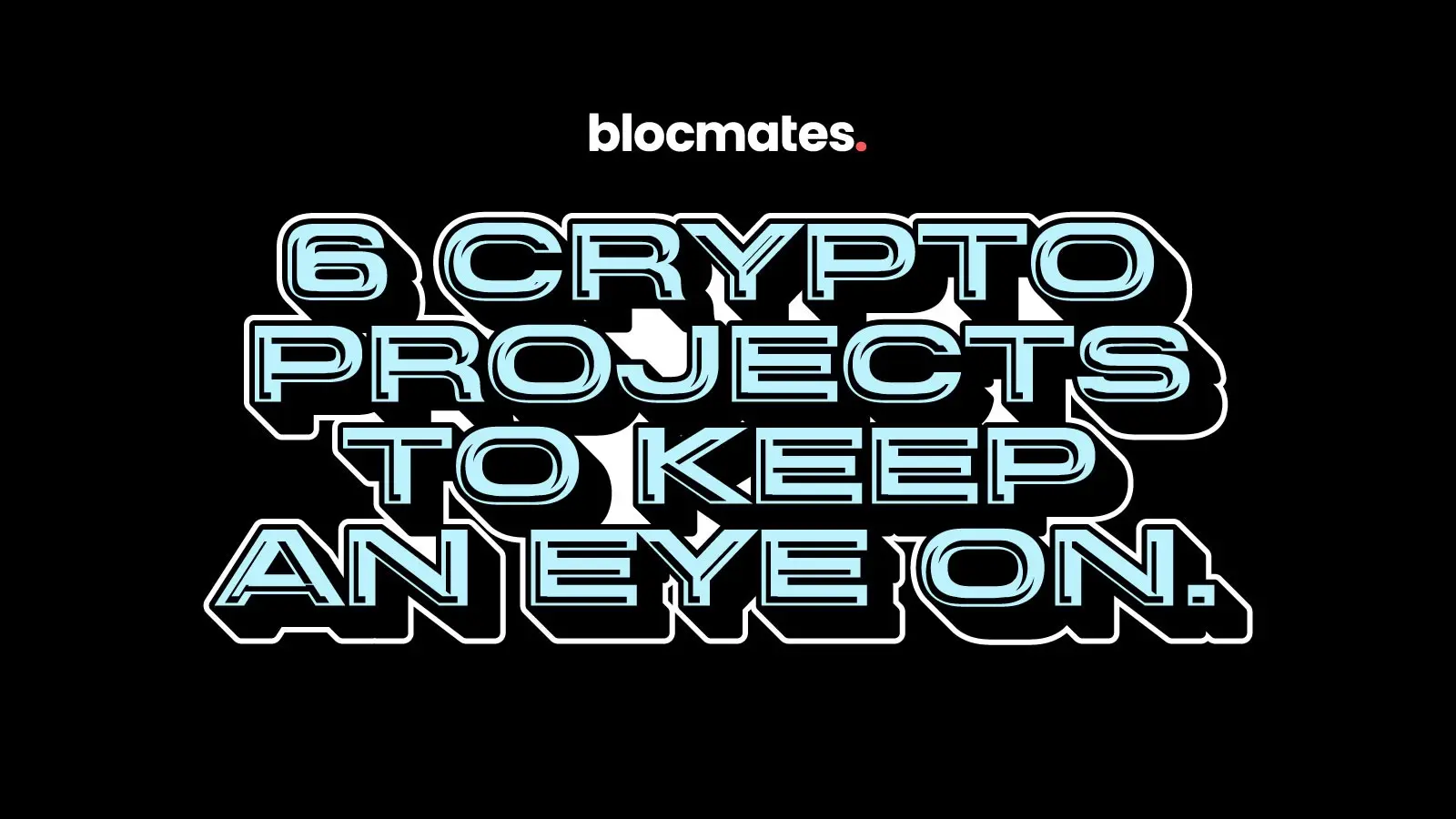

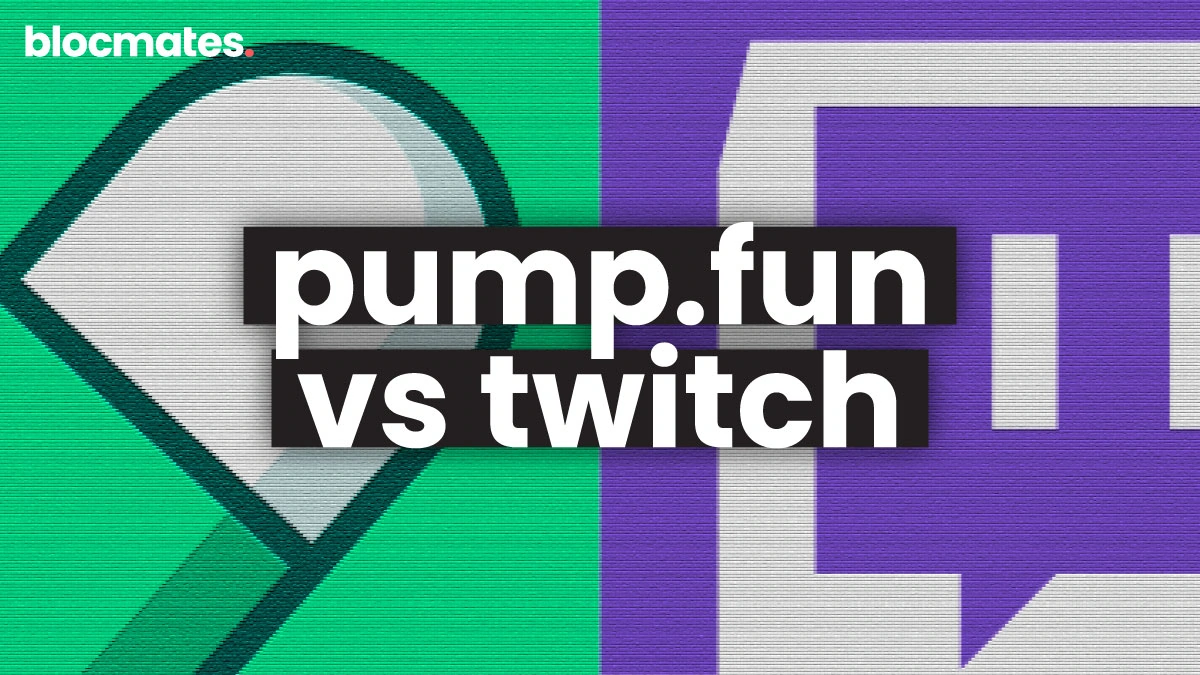

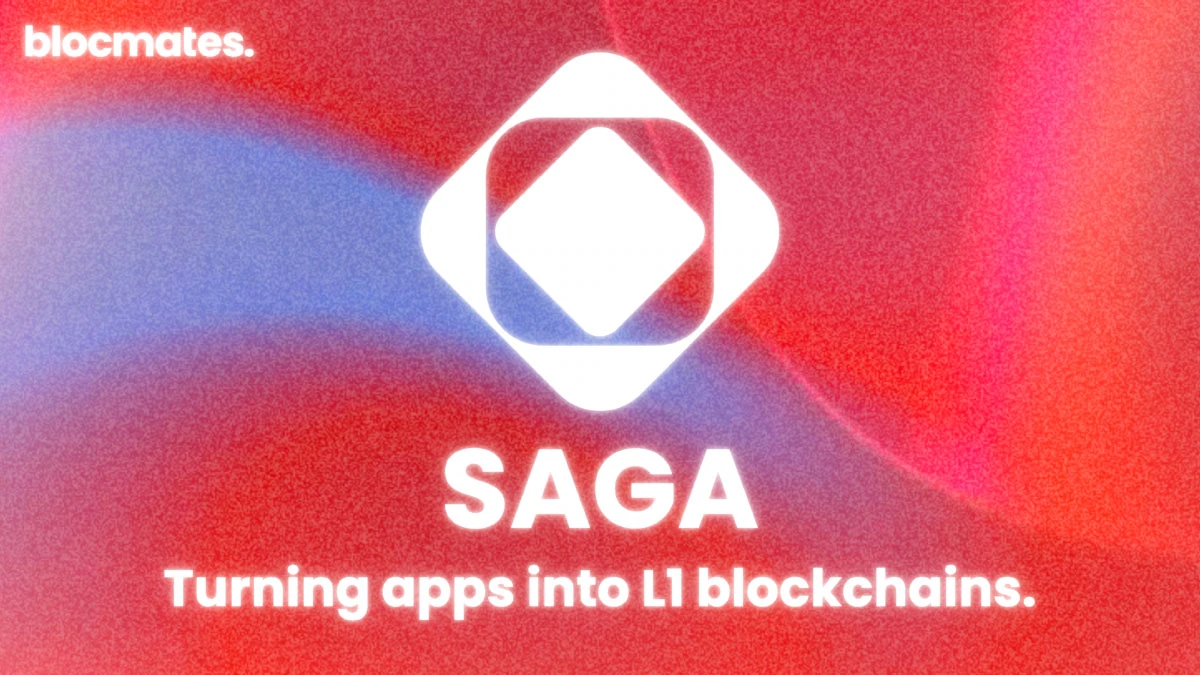



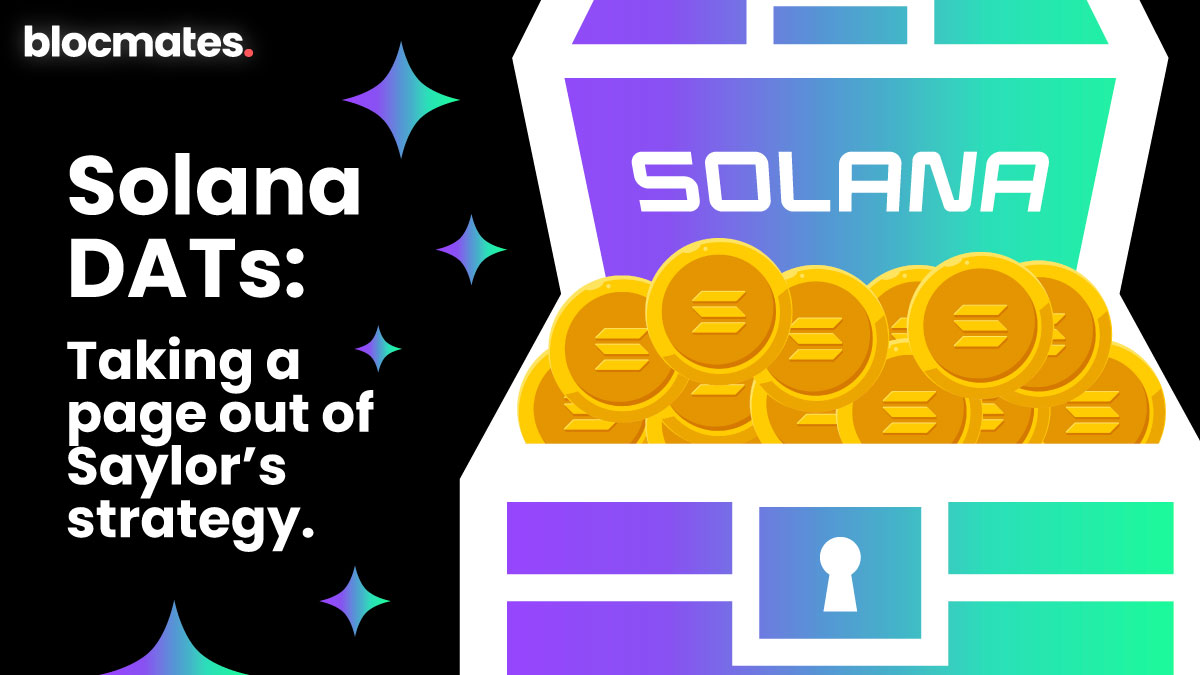


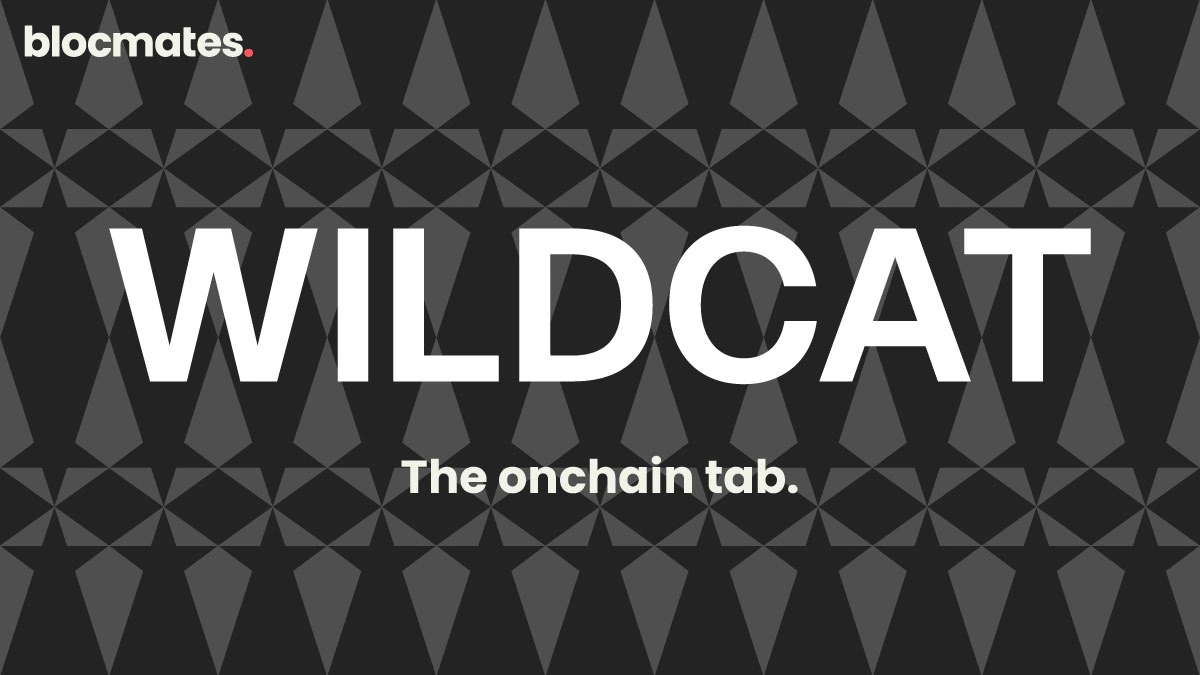


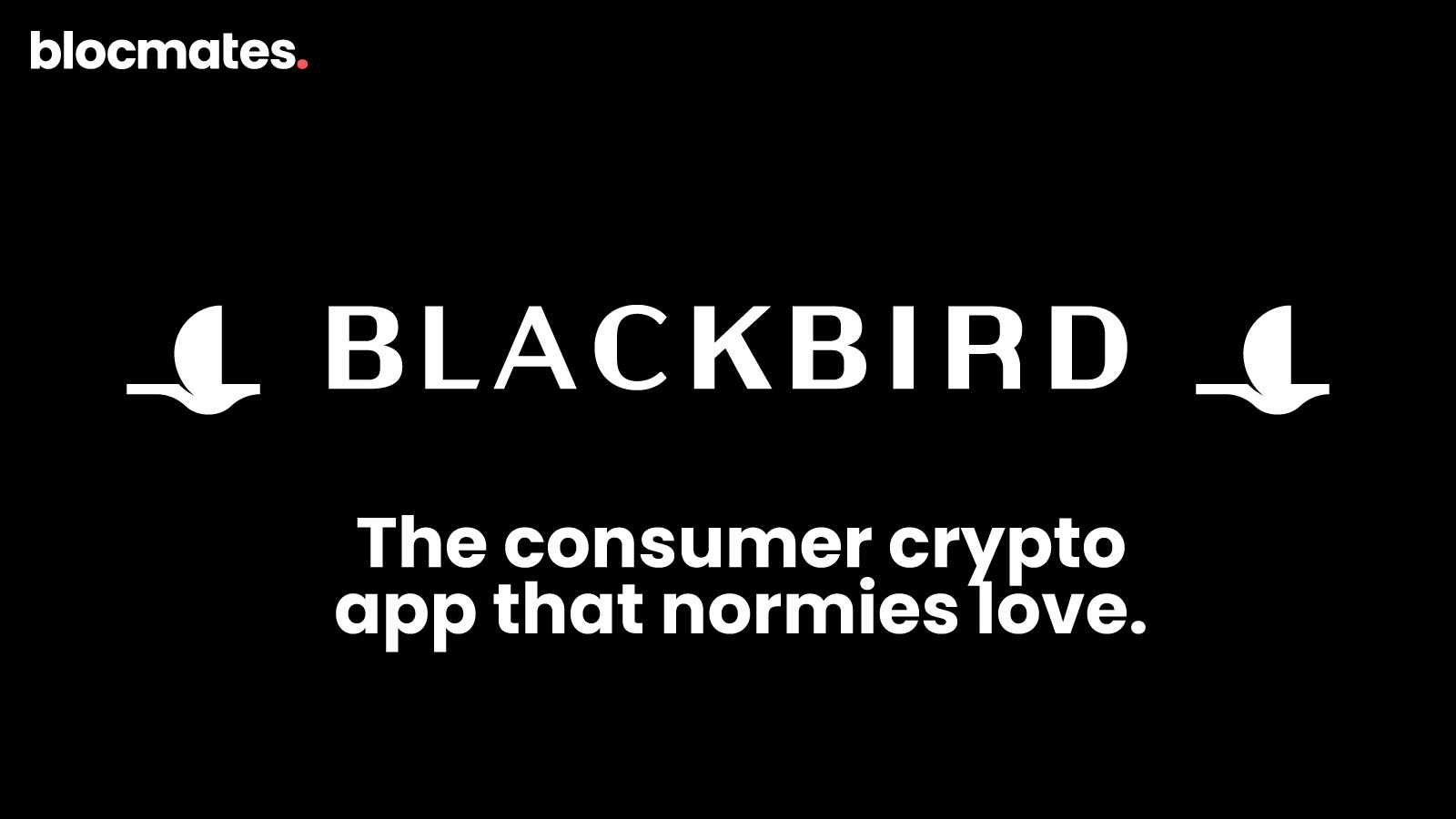





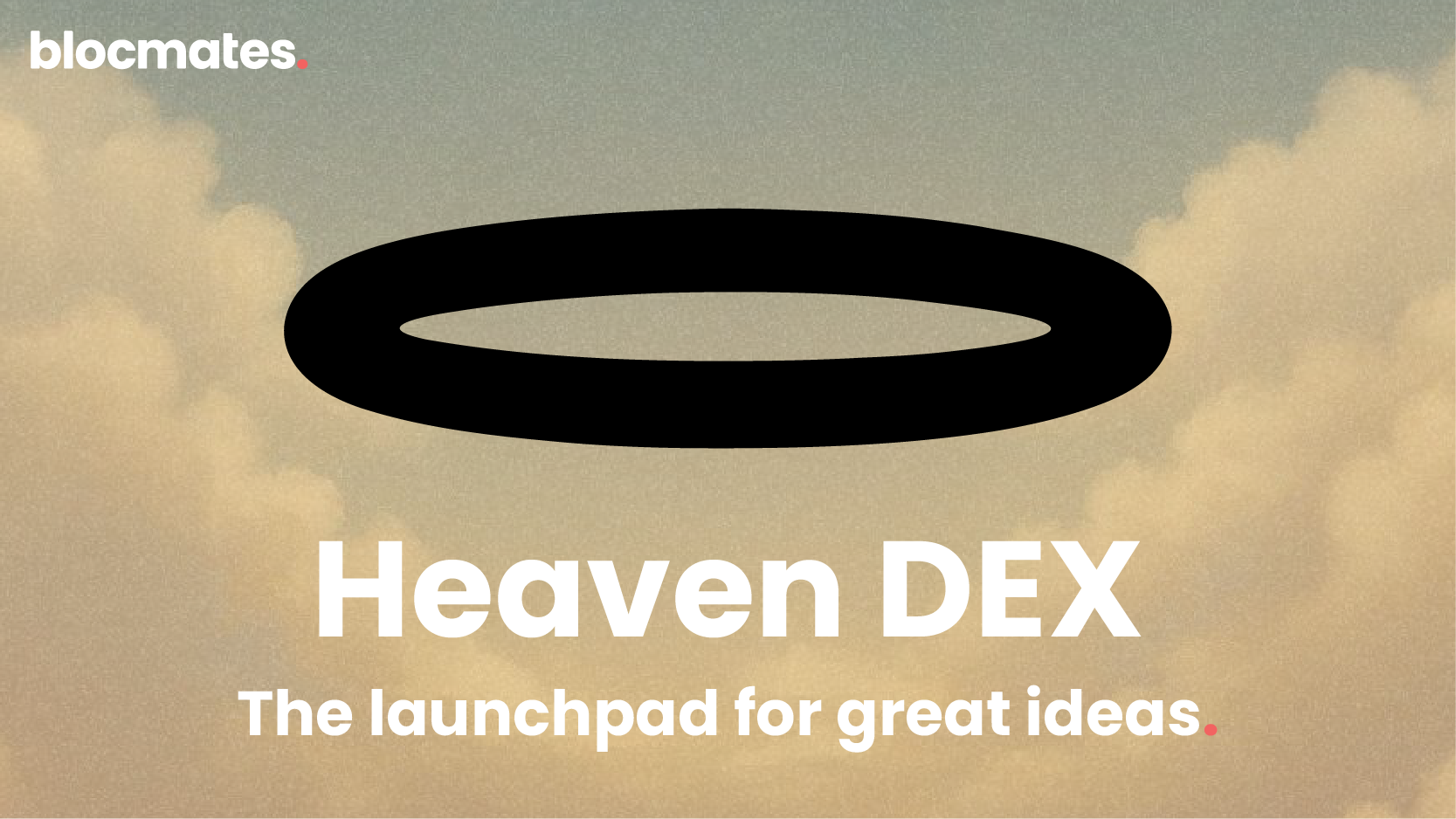

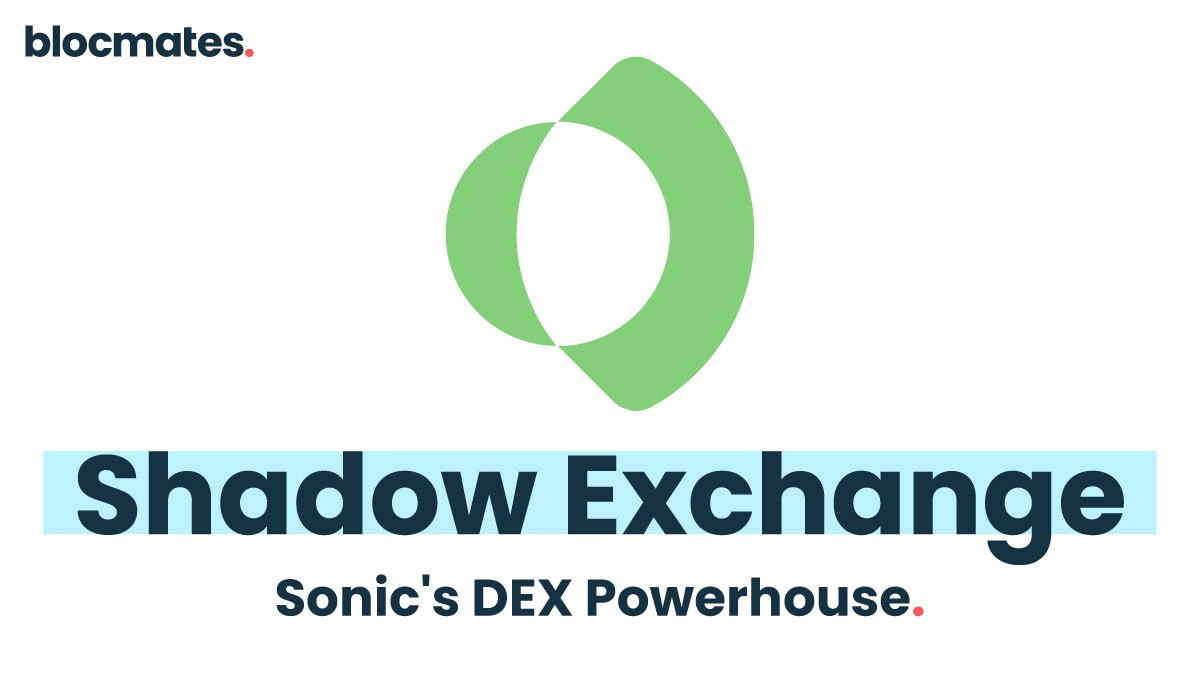
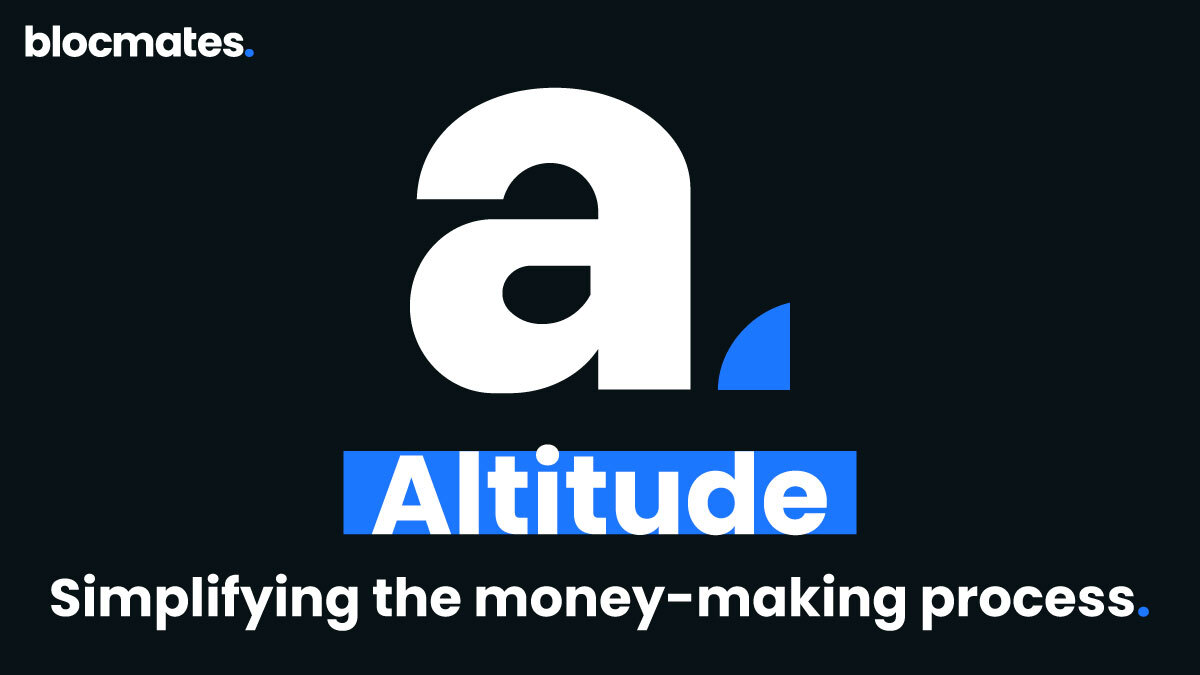

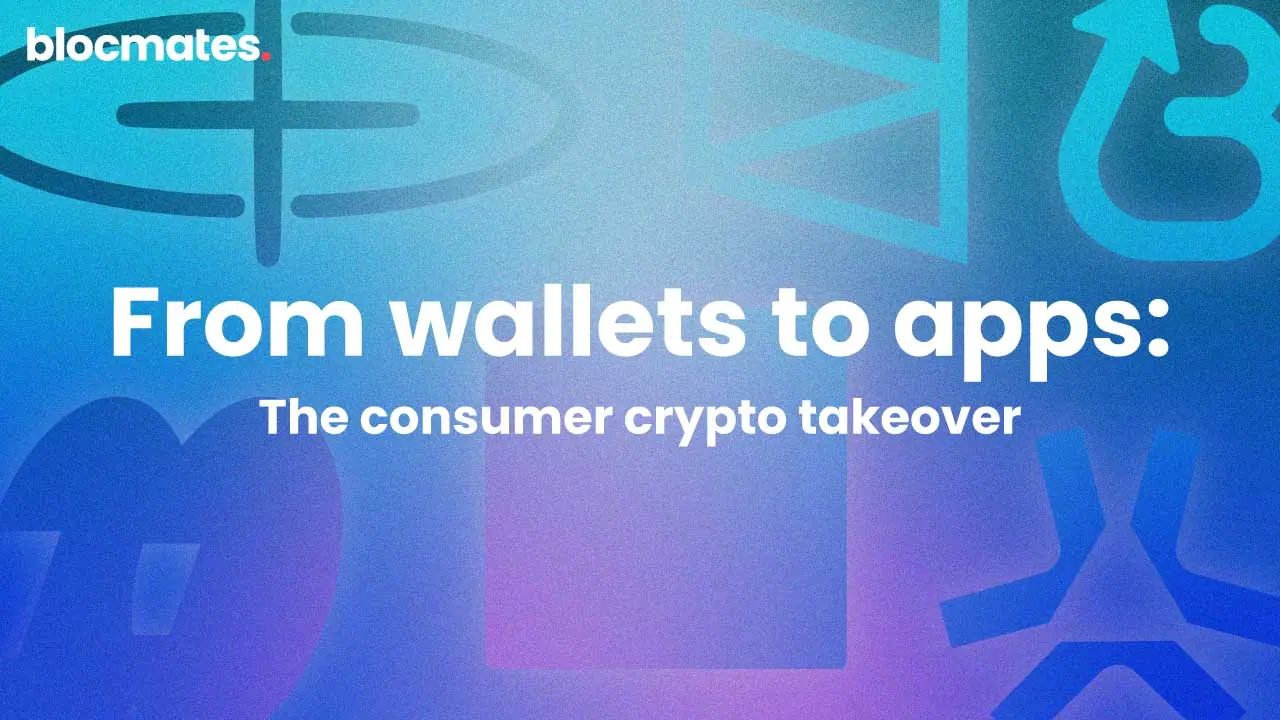
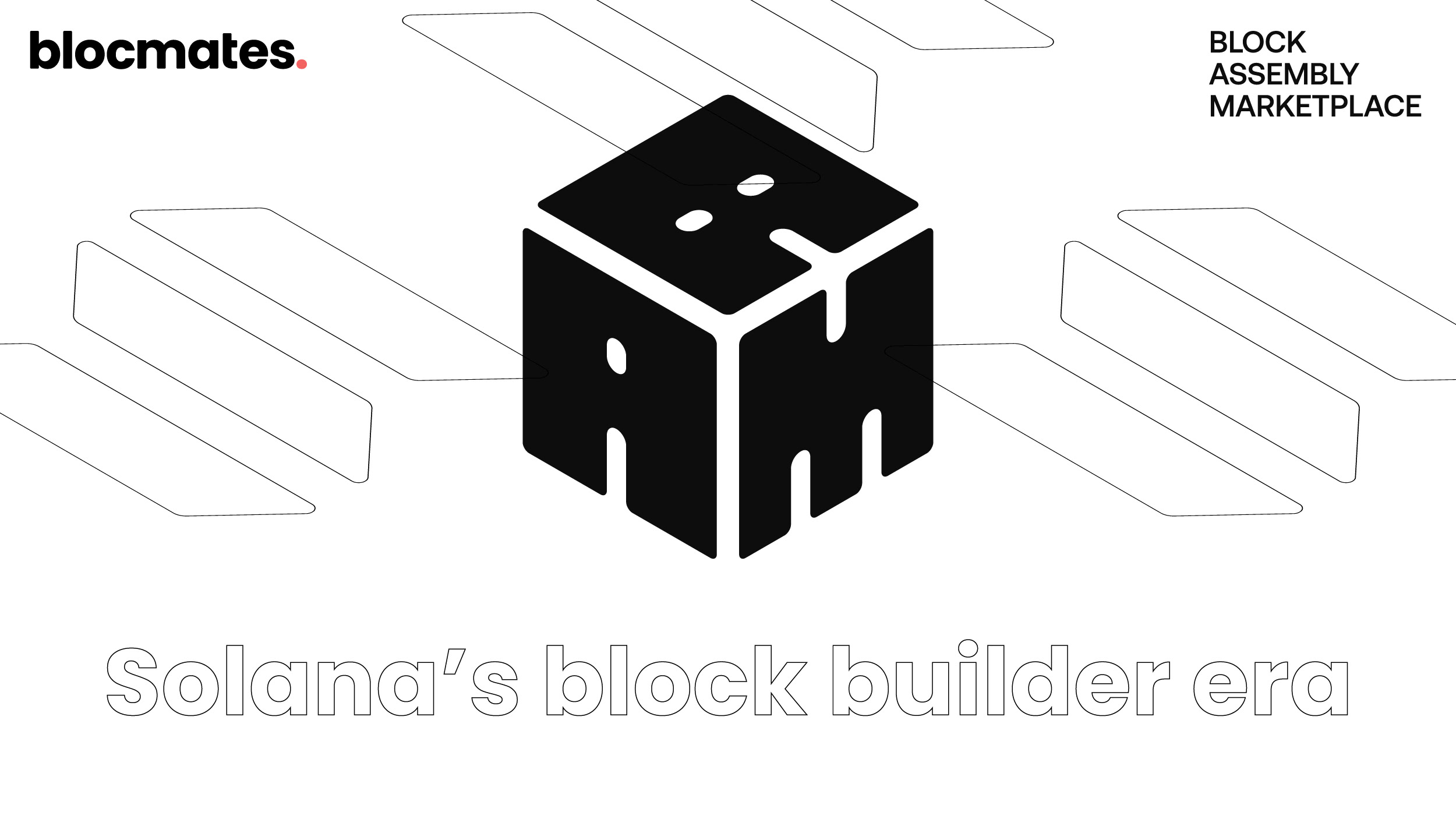


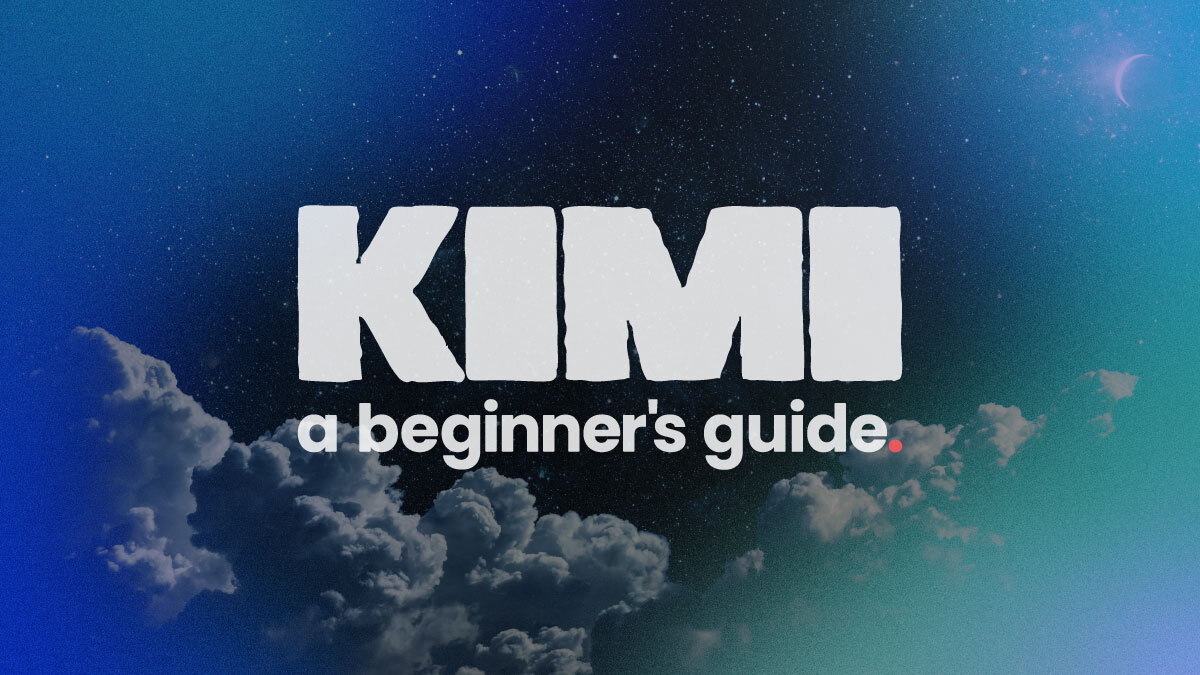
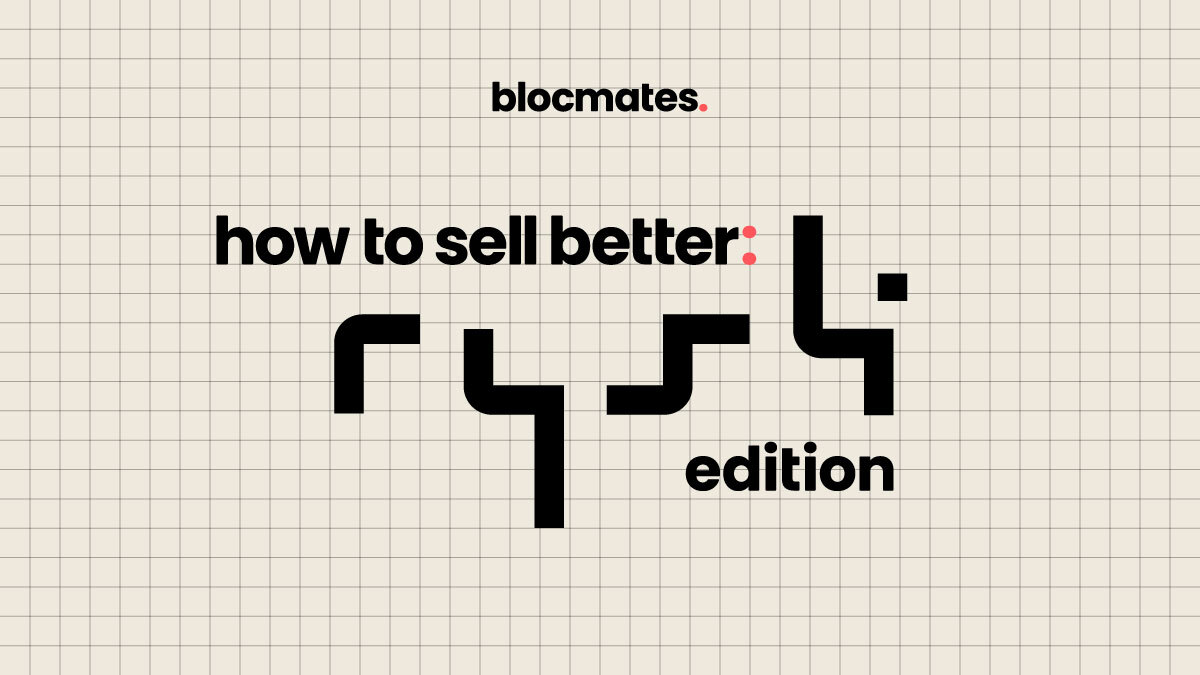























%202.webp)


.webp)

.webp)
.webp)
.webp)


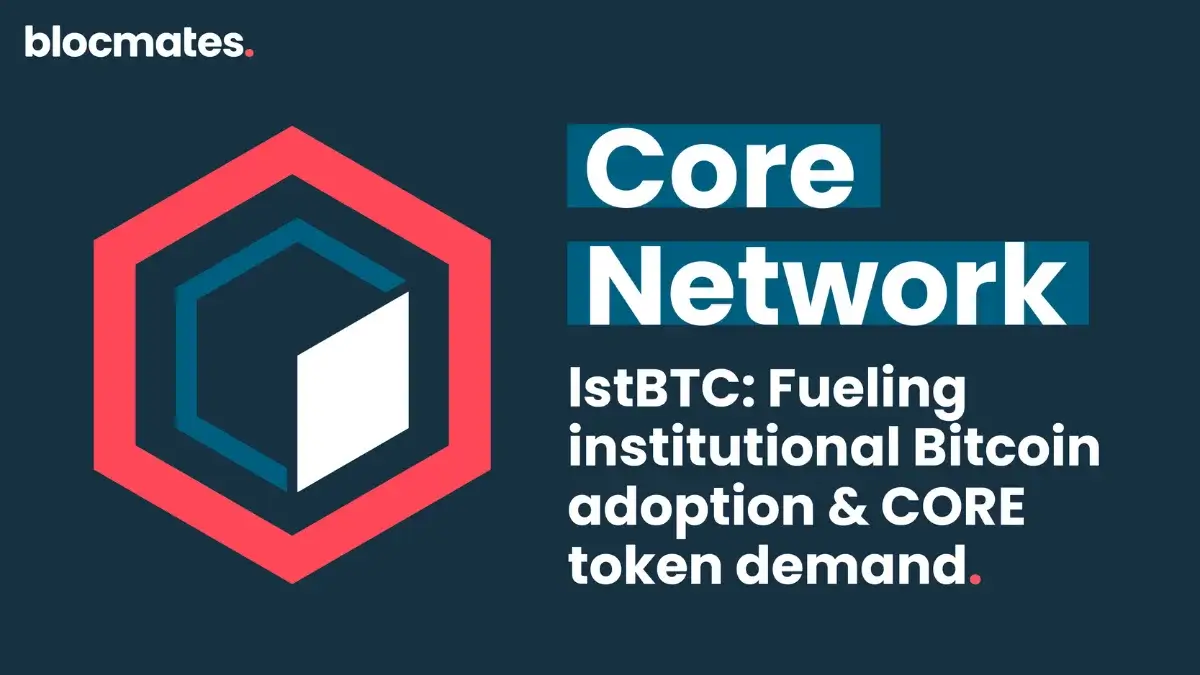
.webp)

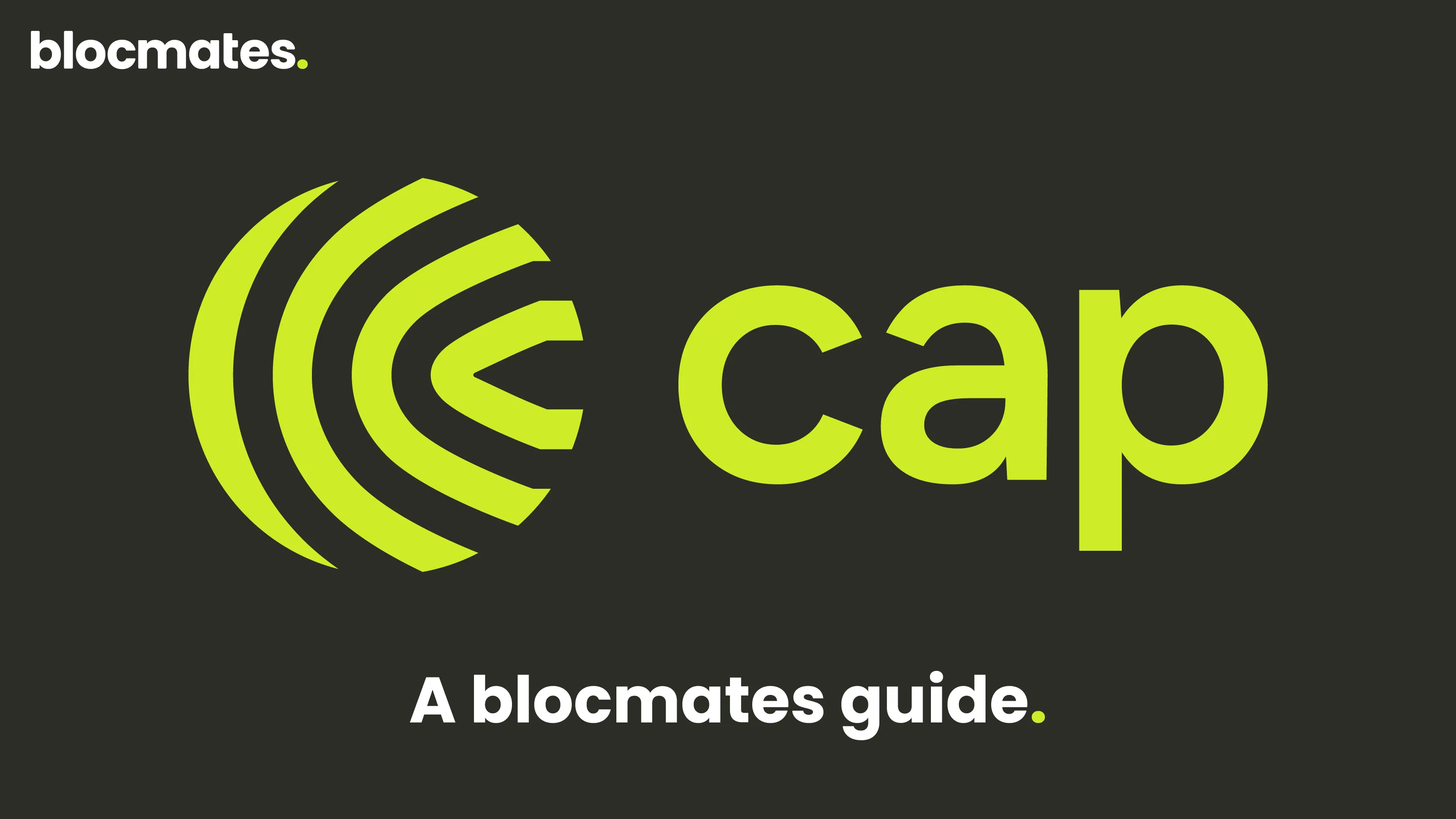










%20the%20Next%20Big%20Unlock%20in%20AI.webp)




.webp)
.webp)

.webp)
.webp)
.webp)


.webp)
.webp)










.webp)


.webp)









.webp)







.webp)




.webp)
















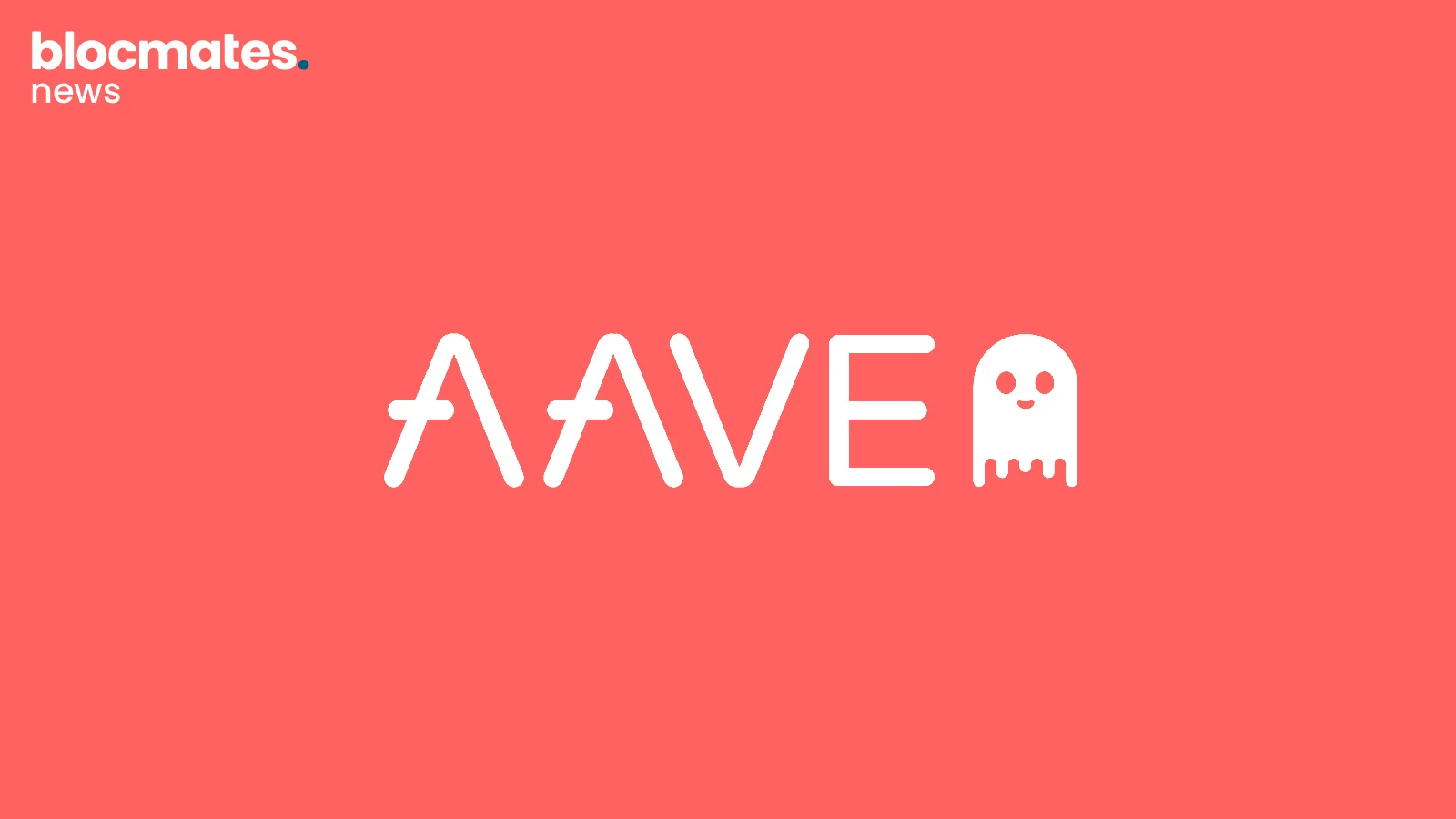









.webp)
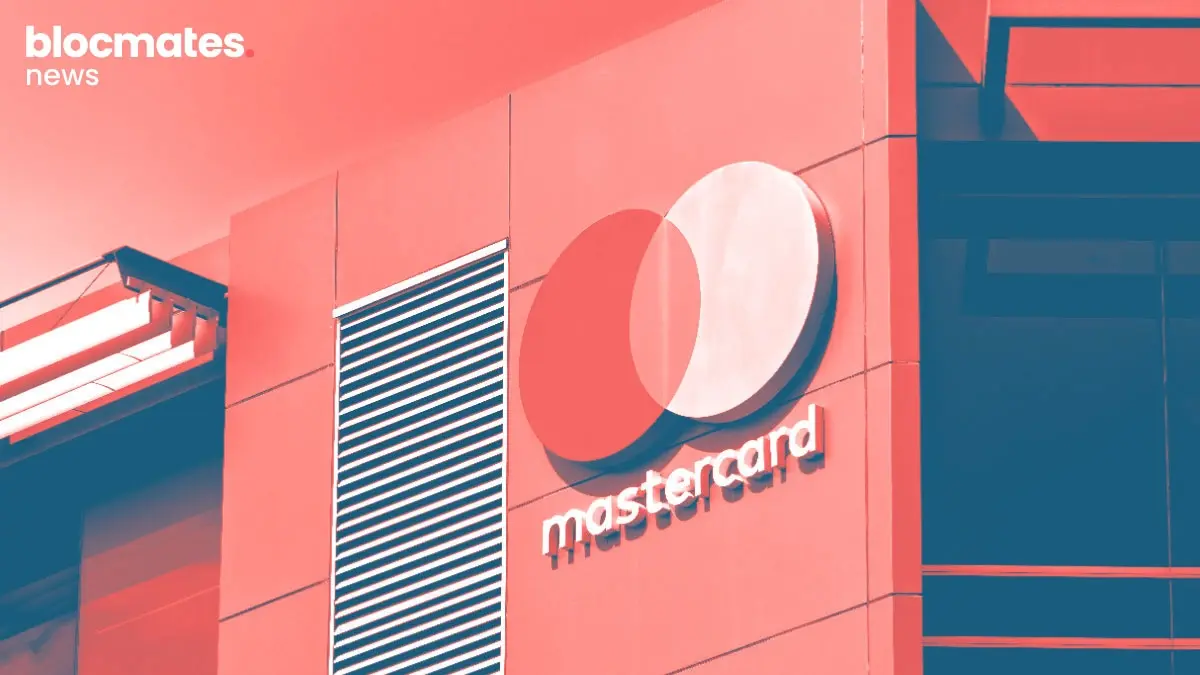




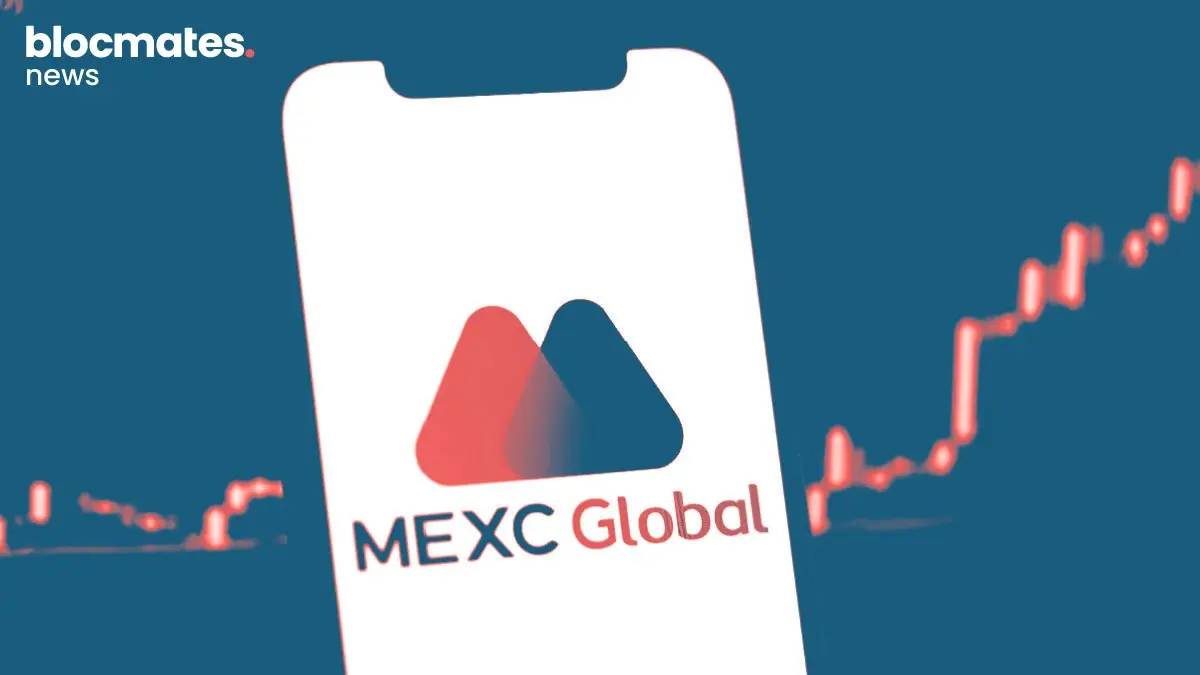

.webp)




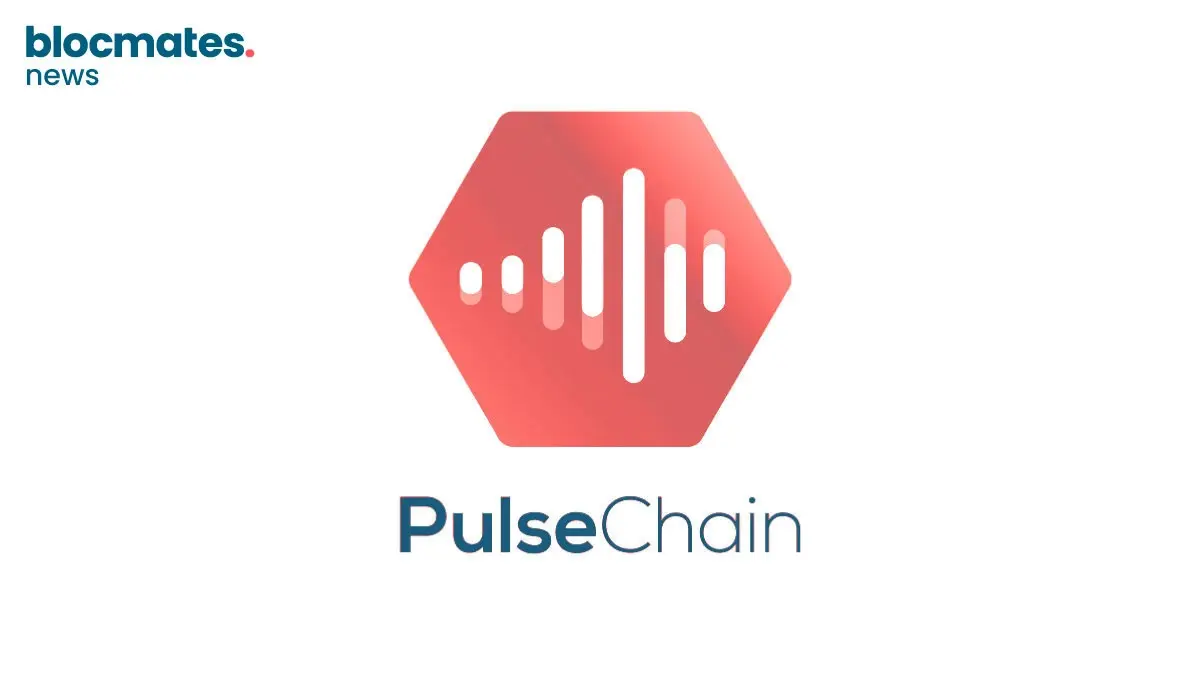
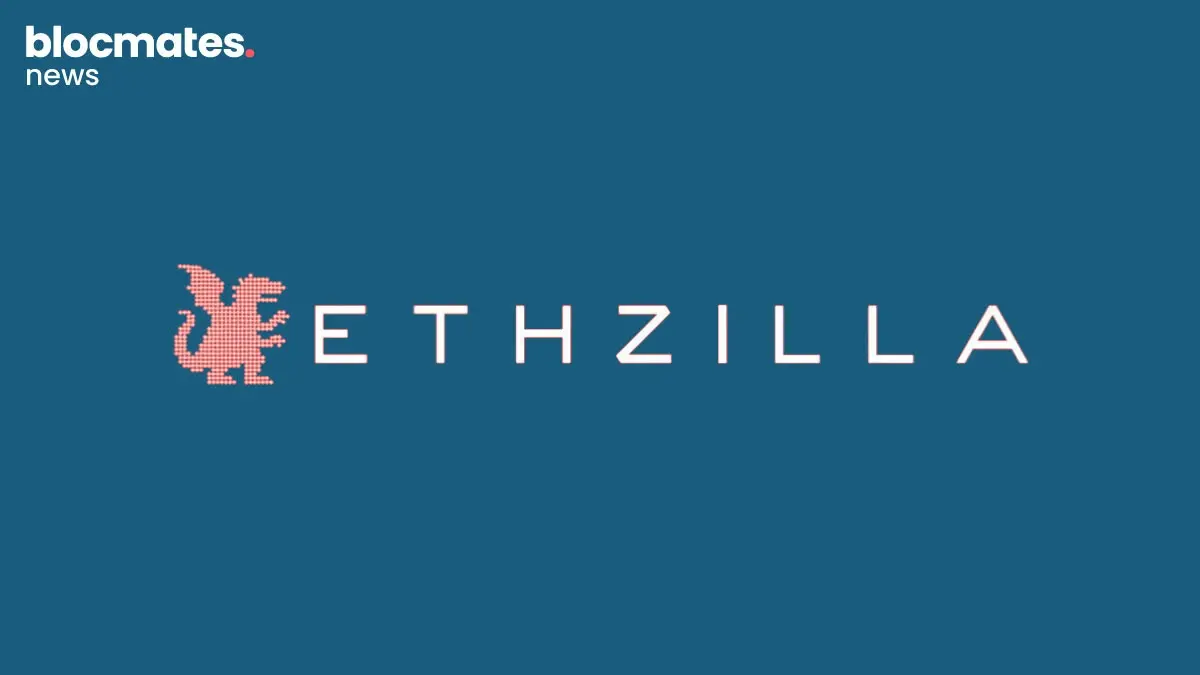
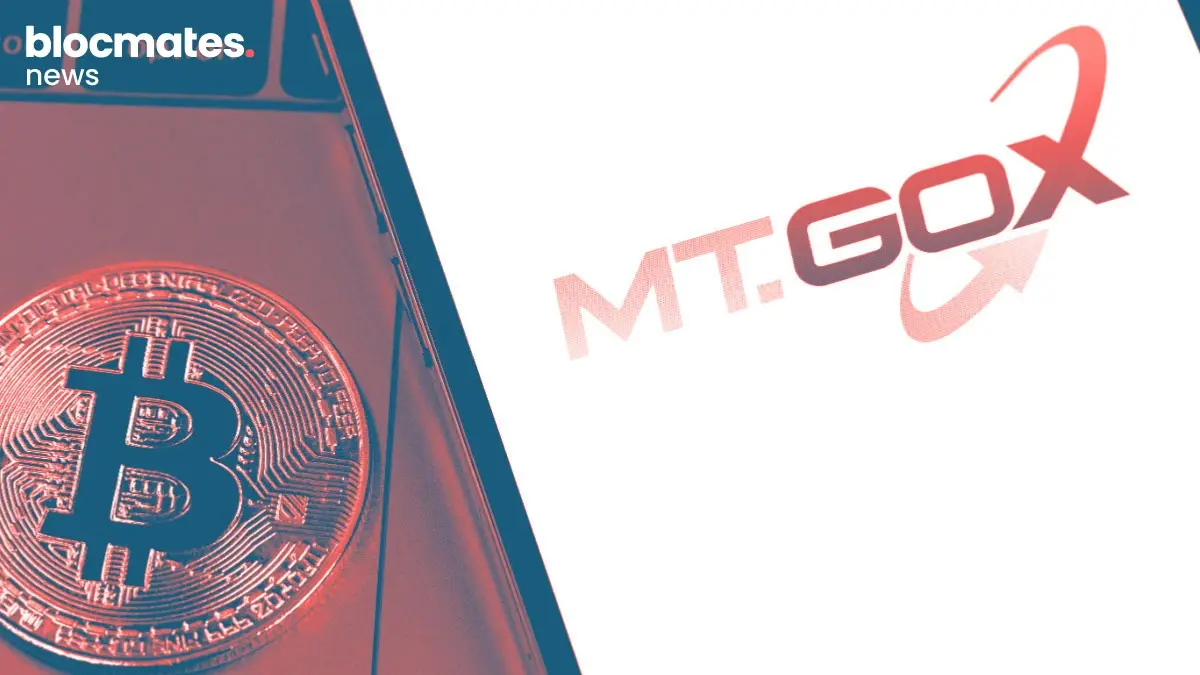




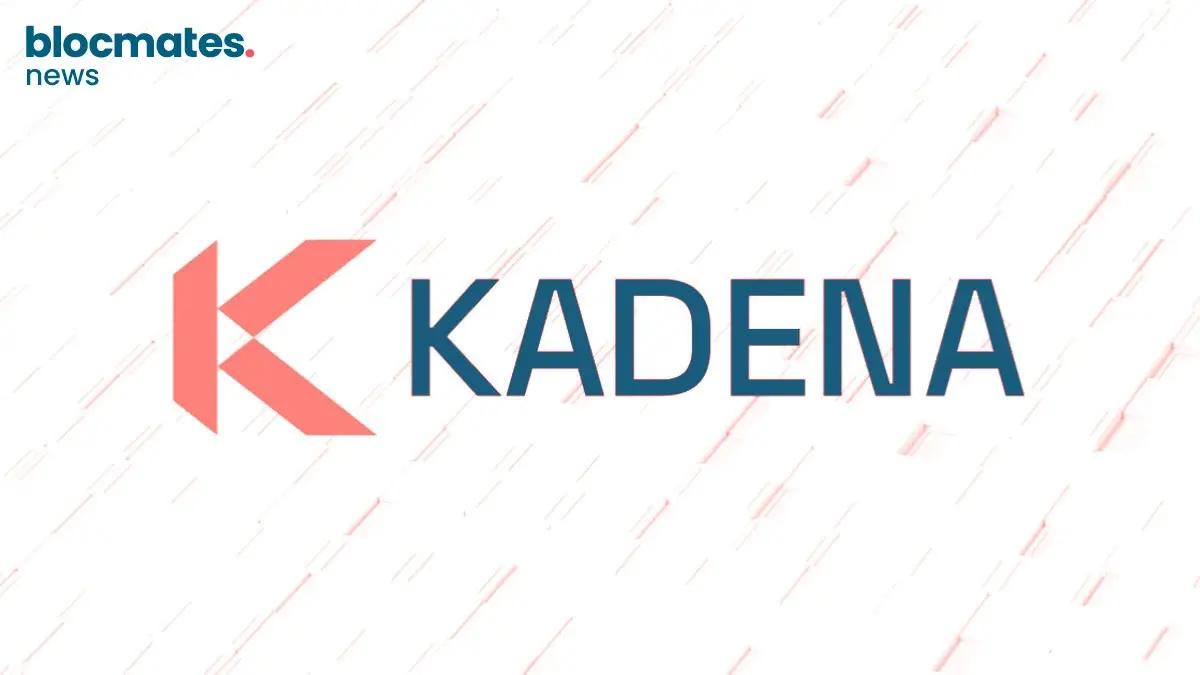



.webp)

.webp)
.webp)

.webp)


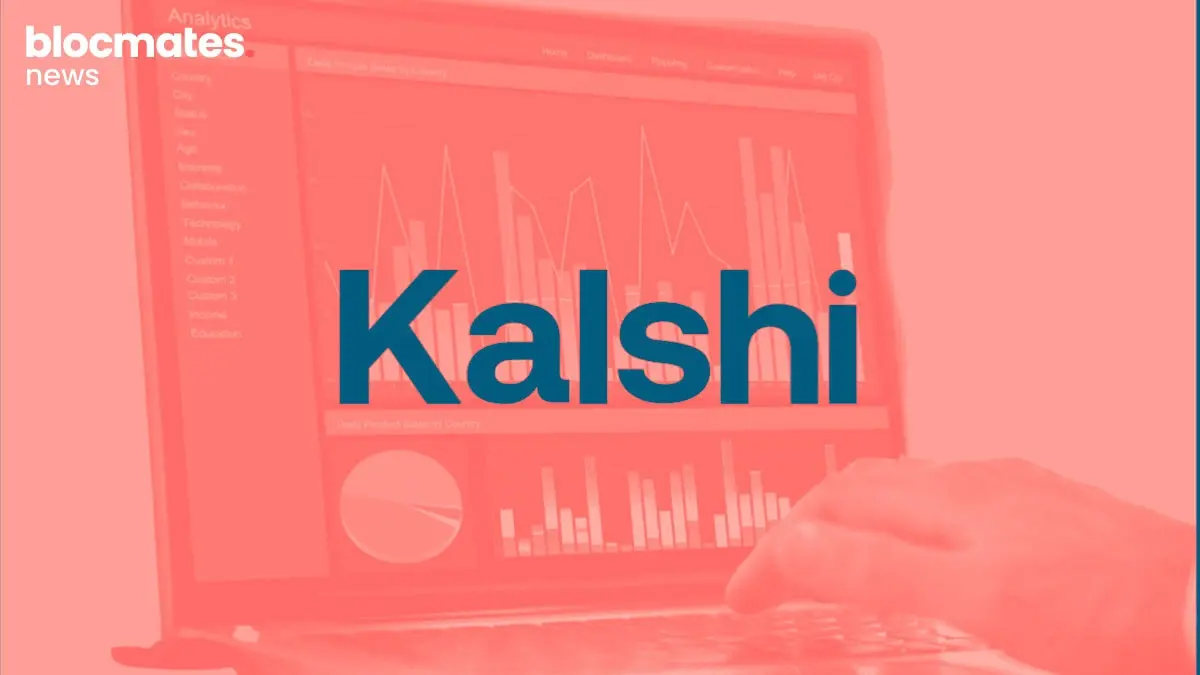



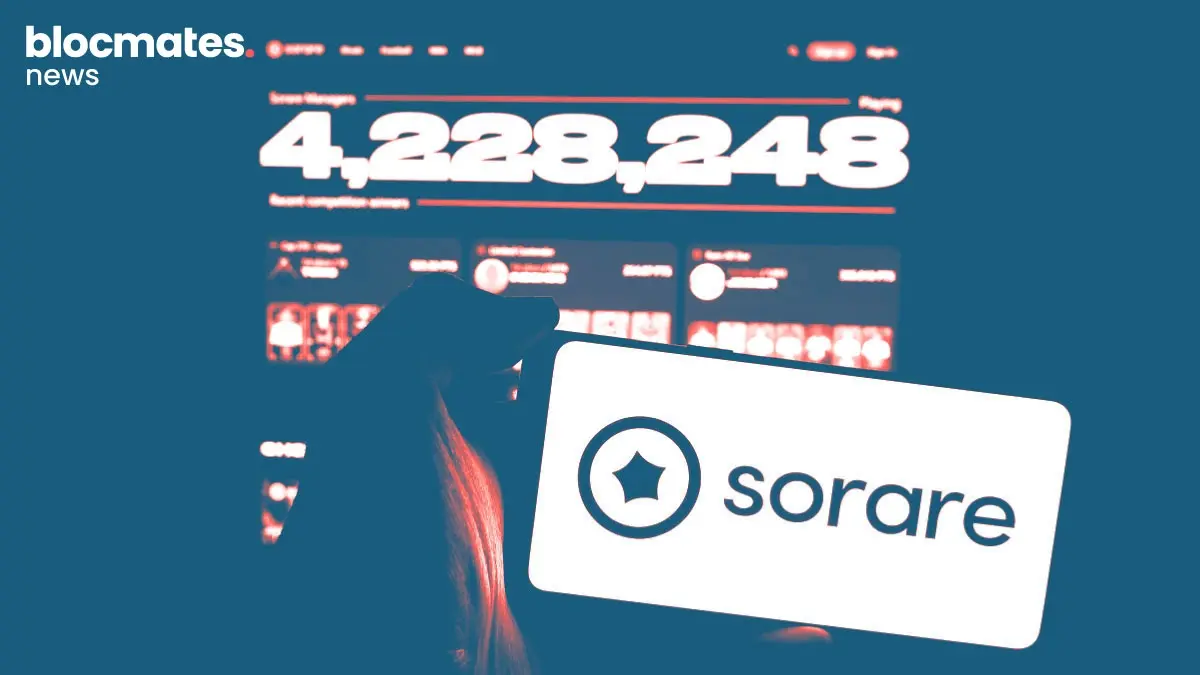







.webp)

.webp)


.webp)



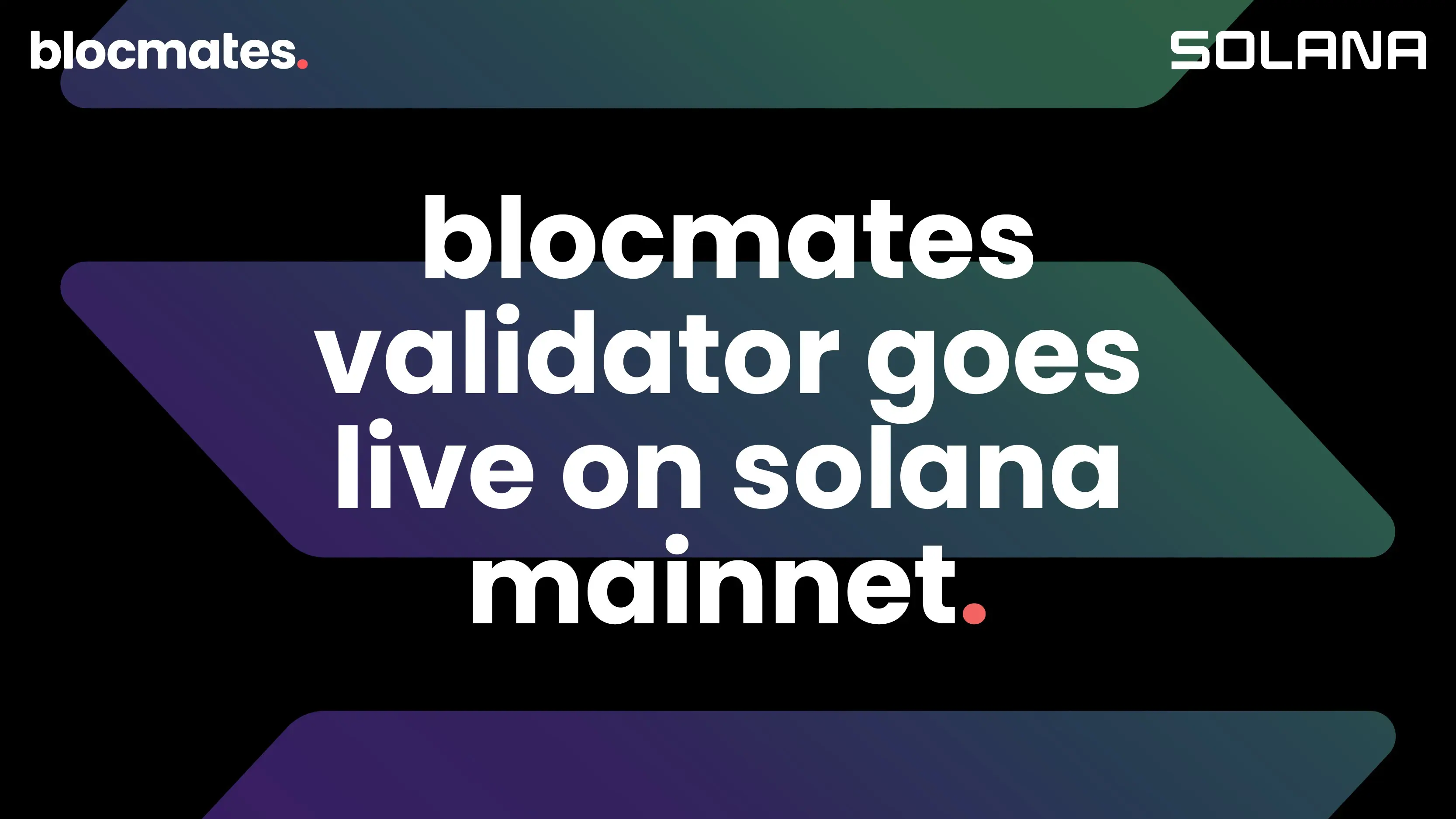
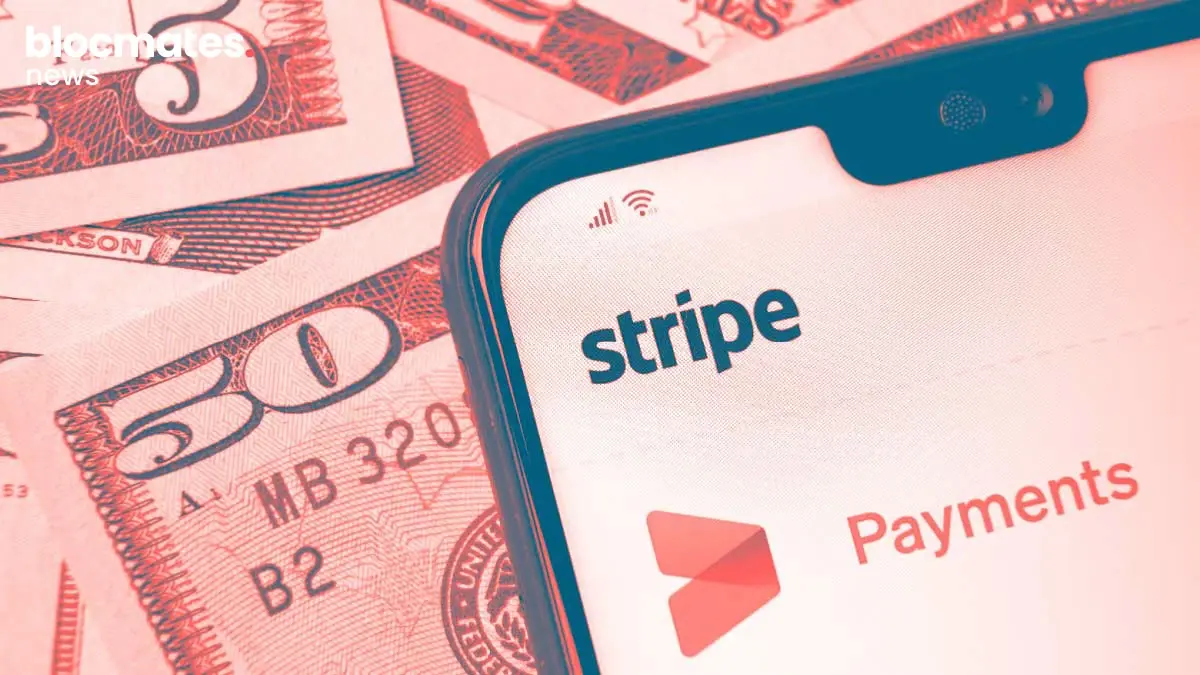



.webp)
